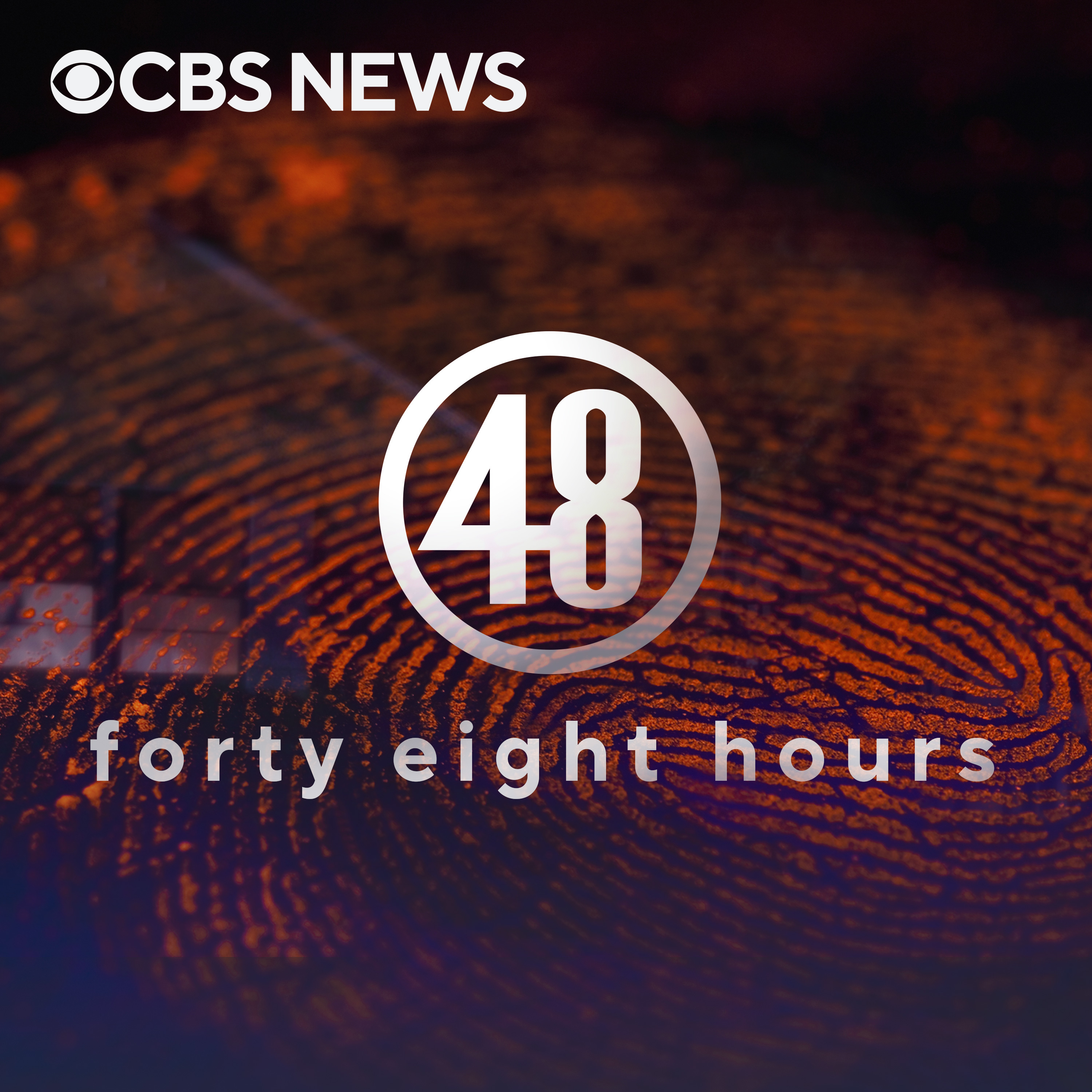
Post Mortem | Deputy Spivey on Trial

48 Hours
Deep Dive
What role did the home security footage play in the case of Patricia Spivey's shooting?
The home security footage captured crucial moments leading up to the shooting, including audio of the gunshots. It provided a timeline of events but did not show the actual shooting, leaving ambiguity about who triggered the gun.
Why was the trigger of the gun not swabbed for DNA in the investigation?
The crime scene technician did not swab the trigger for DNA because she feared the gun might discharge again. This omission left unanswered questions about whose finger was on the trigger during the shooting.
What was the significance of Renard Spivey's 9-1-1 call in the case?
The 9-1-1 call revealed discrepancies in Renard's account. While he told the operator he was in the bedroom, security footage showed him walking to the garage to unlock the door for first responders, raising questions about his actions post-shooting.
Why did the jury acquit Renard Spivey of Patricia's murder?
The jury found reasonable doubt due to insufficient evidence. The prosecution failed to conclusively prove whether the shooting was intentional or accidental, and the defense argued both self-defense and accidental discharge as plausible explanations.
What did Patricia's friend Ezra reveal about Renard's behavior before the shooting?
Ezra testified that Renard admitted to taking steroids and claimed Patricia wanted a divorce. Renard allegedly told Ezra, 'I'm going to show her she's not getting the house,' suggesting tension and motive related to property.
How did Patricia's family react to the outcome of the trial?
Patricia's family, particularly her daughter Petrina, was devastated by the acquittal. Petrina described feeling numb for a long time after her mother's death and found the interview process with 48 Hours emotionally cathartic.
What challenges did the prosecution face in proving Renard Spivey's guilt?
The prosecution lacked key evidence, including DNA from the gun's trigger, phone records to corroborate Ezra's testimony, and clarity on the number of shots fired. These gaps created reasonable doubt for the jury.
How did Renard Spivey explain the events leading to Patricia's shooting?
Renard claimed he picked up Patricia's phone after she went to bed, leading to a confrontation. He said he tried to disarm her when she pointed the gun at him, and it discharged during the struggle, resulting in her death.
What was the medical examiner's report unable to determine about the shooting?
The medical examiner could not determine the exact number of shots fired or the sequence of the wounds, leaving uncertainty about the events during the struggle over the gun.
How is Renard Spivey coping after his acquittal?
Renard is mourning Patricia's loss and trying to rebuild his life. He is volunteering with an organization called Hoodies of Healing, focusing on feeding the homeless, and attempting to revive his acting career.
Shownotes Transcript
CBS News Correspondent Natalie Morales and 48 Hours Producer Asena Basak break down the case of Patricia Spivey, who was fatally shot in her home by her husband, Renard, a former sheriff's deputy and TV bailiff. They discuss the home security footage that captured crucial evidence from the night of the shooting and never-before-heard audio from Renard's 9-1-1 call.
See Privacy Policy at https://art19.com/privacy) and California Privacy Notice at https://art19.com/privacy#do-not-sell-my-info).